The remarkable development of the internet has created major changes in customers’ buying habits and behavior . In this article, let’s analyze buying behavior, changes in psychology and how to classify customers in the digital environment.
In an environment of “thousands of sellers, one buyer”, researching consumer buying behavior becomes extremely important. Having a clear customer portrait will help businesses convey a strong brand message.
However, human psychology is something that is always changing. Especially in today’s digital environment, customers’ buying behavior depends greatly on the development of technology.
Statista’s June 2021 study forecasts that by 2026, there will be more than 7.5 billion smartphones worldwide. Furthermore, nearly half of the global population (48.33%) used smartphones by 2020.
This shows the significant influence of phones in particular and the digital environment in general on customers’ lives and buying behavior. Furthermore, not only B2C customers but also B2B customers are influenced by digital media.
In this article, we will learn about B2B consumer buying behavior in the 4.0 technology era.

I. Research the buying behavior of B2C and B2B customers
Researching customer buying behavior is the second step in a business’s standard sales process .
Read more : Instructions for building a standard sales process for businesses
Most customers will go through the same purchasing journey from problem recognition, purchase to product evaluation.
However, the buying behavior of B2C and B2B customers has certain differences. For individual customers, making purchasing decisions is very quick. In contrast, business customers will have longer purchasing times because the approval process needs to go through many levels.
Let’s learn about the differences in buying behavior of B2C and B2B consumers.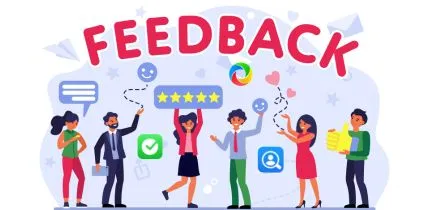
1.1. B2C customer buying behavior
For many individual customers, the internet environment plays an important role in their lives.
For example, instead of communicating with the outside world, studies show that people are more likely to use the internet to express themselves. The online environment gradually becomes a private personal space through which people can communicate socially and control their work. Therefore, the internet greatly affects the buying behavior of individual customers.
For example, instead of looking for advice from people around them, customers can refer to comments about products/services. From there, they synthesize information about product quality and make purchasing decisions.
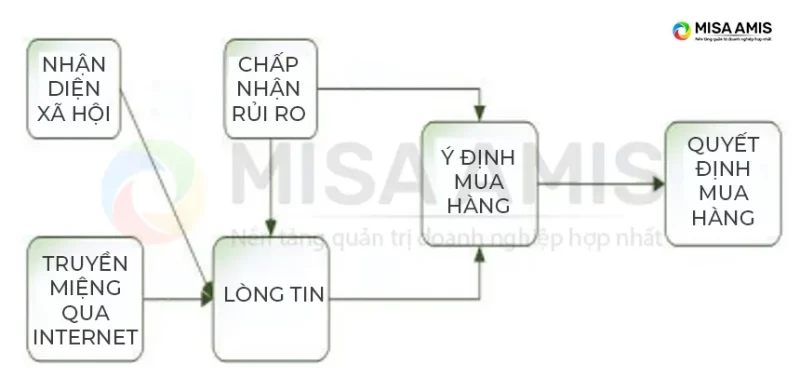
This is why Amazon is so successful in the e-commerce industry. Amazon has made full use of testimonials (customers talking about products/services) to increase trust when customers buy online.
Indeed, when customers see a product rated above 4.5 stars, they will take it as a sign of a good product and worth considering. In other words, products/services that are highly rated will perform better or have the potential to meet customer expectations.
However, not all products can do that. The reason may come from the product quality itself, third-party shipping, unreliable suppliers, or too high customer expectations. This is considered an acceptance of risk when purchasing in the digital environment by B2C customers.
We can generalize the B2C customer’s buying journey in the model below.

- Social Identity : This is the psychology of wanting to integrate into the culture of a community with a special identity. This is the motivation for individual interaction in the digital environment to express the individual’s ego or the community to which he or she belongs. In some cases, purchasing a product/service is a prerequisite for individual customers to join that community.
- Word of mouth via the Internet (E-WOM) : This is the concept of word of mouth advertising in the digital environment. An example of this concept is the product review or testimonial pages mentioned above.
- Trust : This is the customer’s trust in a product/service or brand on the internet environment. This trust is established through the process of synthesizing information from B2C customers.
- Perceived risk : This is the risk that occurs during the online shopping process. This risk often reflects the product not meeting customer expectations. As explained above, this risk tolerance factor greatly affects the trust of individuals and businesses.
- Purchase intention : This is the customer’s consideration before deciding to purchase. This usually happens after the customer learns and synthesizes suitable solutions to solve the problem.
- Purchase Decision : This is the customer’s purchasing decision for the solution they think best suits their needs.
The model shows that individual customers’ buying behavior depends greatly on their trust in the brand. Besides trust, accepting risks when purchasing also affects individual customers’ purchasing intentions and decisions.
It can be said that the buying behavior of B2C customers depends entirely on the person themselves. Customers synthesize information themselves to make decisions without the intervention of outsiders. Therefore, the purchase time is shorter and the purchase risk is concentrated in one person.

B2C customer buying behavior is based on analysis of the technology acceptance model (TAM – Technology Acceptance Model). This is a common model that explains human acceptance and use of technology. However, within the scope of this article, we only stop at introducing the TAM model.
1.2. B2B customer buying behavior
The development of digital technology also strongly affects B2B business customers.
Unlike individual customers, marketing for businesses focuses on branding. The reason is because their need to search for information compared to B2C customers is often more serious and careful.
In essence, the buying behavior of B2B customers is often more rational than that of B2C customers. Purchasing decisions are often aimed at business efficiency, productivity, cost savings (in the long term) and to keep up with competitors.
In addition, to make a purchasing decision, business customers often have to go through a multi-level approval process.
The model below shows six types of people involved in a business’s purchasing decision-making process.

- Initiator : This is the person who points out the company’s purchasing needs. They are often the ones who discover problems in the system and propose solutions to leaders
- Influencer : This is a person or group of people who influence a business’s ideas, plans and purchasing decisions.
- Decider : This is the person or group of people who decides on all or part of the business’s purchasing process. They are also the ones who choose what to buy, how to buy, when to buy,…
- Information controller (Gatekeeper) : This is the person who has the right to manage the flow of information in the enterprise. They are often receptionists, secretaries or administrative assistants whose job is to screen out unwanted or irrelevant information about their boss.
- Buyer : This is the person responsible for making company purchases. They have the right to choose suppliers and negotiate contracts with sellers.
- User : This is the person who directly uses the product/service that the company purchases.
Unlike B2C customers, business customers often do not rely on testimonials or e-WOM to make purchasing decisions. Instead, they often consult company insiders or experts directly. In some cases, the experts may be sales staff.
In short, the buying behavior of B2B customers is very different from that of B2C customers.
Purchasing does not depend only on an individual, but is approved by a group or an entire organization. In addition, the time it takes B2B customers to make purchasing decisions is also longer. Therefore, the sales process for B2B customers is also more complicated and requires patience from businesses.
>>> See more: The simplest and most standard 7-step B2B sales process
II. Factors affecting customer buying behavior in the digital environment
In the Journal of Marketing Management, researchers pointed out five factors that influence B2B customer buying behavior in the digital environment.
2.1. The growth in demand for information affects customer buying behavior
With the development of technology, the customer’s buying journey is longer due to the growth in information demand.
First, the person who controls the information of the enterprise is very “difficult”.
Looking back at the B2B customer buying behavior model, the information source that the initiator or influencer needs to bring must first convince the controller, then the decision maker. Besides, the controller himself also needs to search for information to confirm and compare. Therefore, the need to search for information about solutions increases, leading to a longer purchasing journey.
Read more: The art of persuasion helps conquer the most demanding customers
Second, the frequency of a business’s purchases affects its information needs. Supplier diversification helps companies be proactive and balance the impact of stakeholders on business health. Therefore, organizations tend to seek out more information.
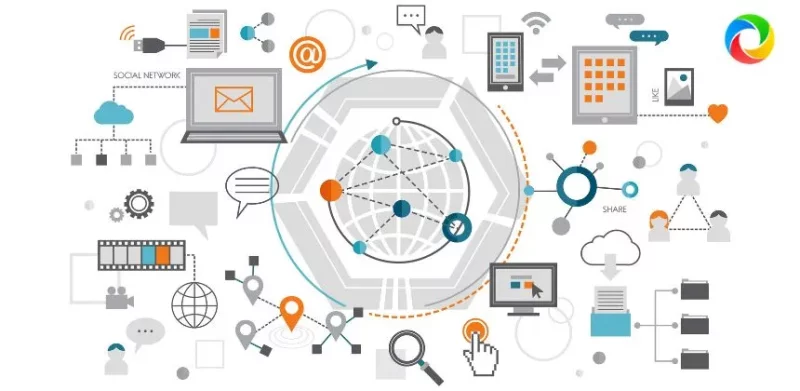
Finally, the advertising content does not respond to information for different departments. Businesses that provide services learn very carefully about customer profiles . Therefore, the message they convey often attracts specific audiences in the business, for example: human resources managers, CEOs, financial staff, etc.
Also because of personalization of advertising messages, the information delivered to each audience will be different. For example, advertising information about CRM customer management software attracts the CEO (the decision maker) but sales staff do not find it interesting. Therefore, to understand more about the product, salespeople need to learn more themselves, leading to an increased need for information.
Read more: Grasping customer psychology – The secret to success of every business
2.2. Customers diversify reference sources
First, the dispersion of business information has promoted the diversification of customers’ reference information sources.
For businesses, they always want to appear in many different channels to promote their brands. Advertising channels can be: website, social networks, forums and customer communication channels. Therefore, to understand the company better, customers need to learn more about multiple channels.
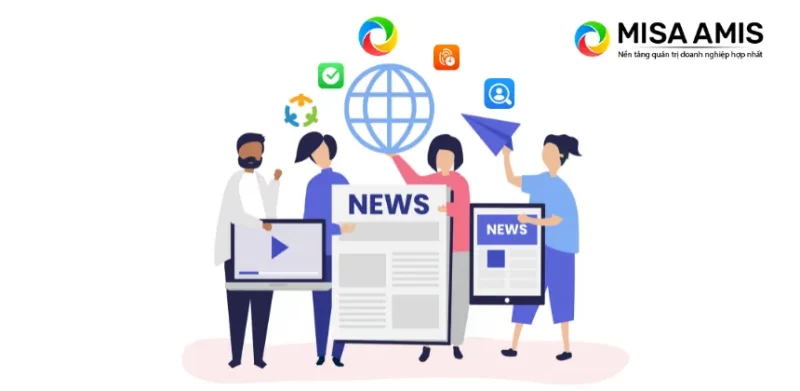
Second, customers want to minimize risks when buying by consulting more sources.
In fact, business customers not only proactively learn about solutions, but also consult experts to solve problems. Therefore, they can hire online consulting services, or directly consult the supplier’s sales staff. In addition, they also join reputable business communities through websites, social network groups or other sharing groups to consult.
In the B2B customer buying behavior model, these communities can be considered “influencers”.
By learning about products/services through consultants or communities on different channels, businesses will be more confident when making purchases. This is a factor that affects the buying behavior of business customers in the digital environment.
2.3. Business data security needs
Information security reasons are making businesses use digital tools and social networks more cautiously. Since then, the buying behavior of corporate customers has also changed significantly.
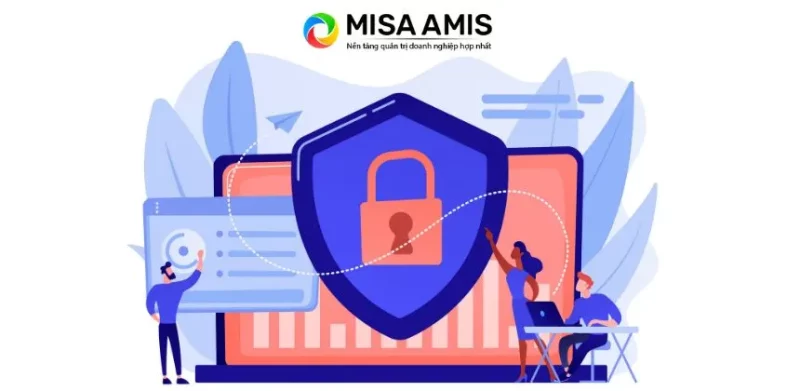
First, information security issues make businesses’ confidence in choosing products low. Especially with technology products, the need for information security also greatly affects the purchasing frequency of B2B customers. Connecting or working through applications raises concerns about data loss and business secrets.
Second, sharing information when purchasing also makes companies more cautious when choosing partners. When deciding to buy a product/service, businesses are expressing their internal problems to partners.
From there, they are advised and provided with appropriate solutions. This unintentionally leads to concerns about information loss and exposing weaknesses to the outside world. In the digital environment, businesses can more easily access information, but information is also easier to lose.
This can be considered one of the internal factors affecting consumer buying behavior.
2.4. Phones play an important role in customer buying behavior
As pointed out at the beginning of the article, the role of phones in human life is becoming more and more important. This is similar to the company’s business as it is one of the means to help collect data.
Businesses now pay more attention to designing and optimizing the user experience on phones. This is consistent with the change in customers’ information search habits.
>>> See more: What is customer experience? 6 steps to bring a positive experience to customers
For example, the culture of reading books has changed into a culture of listening and reading thanks to the development of artificial intelligence (Artificial Intelligence). From here, customers tend to listen to information instead of reading. Therefore, content that attracts listeners will bring better information efficiency than reading content.
In addition, virtual assistant technology is also gradually becoming familiar to customers.
Searching for information via voice and listening to information via virtual assistants helps business customers save time and costs.
Even purchasing using virtual assistants has also appeared among B2C customers in the retail sector. This is one of the factors that influence customers’ shopping behavior. In addition, it is also a great opportunity and potential for businesses to change customers’ buying behavior in the future.
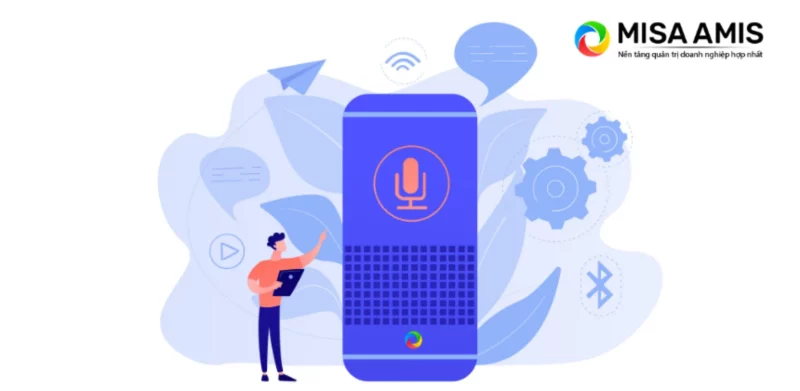
2.5. The role of social networks in finding information
Although social networks are indispensable advertising channels in business campaigns, B2B customers are still cautious when using this channel to make purchases.
We cannot deny that social networks are bringing benefits in visual communication with B2B customers.
Advertising through this channel helps suppliers influence the decision-making process within the business. For some products/services that require two-way contributions from suppliers and buyers, social networks are still a useful means of interaction.
III. 3 factors help businesses classify customers by behavior
3.1. Classify customer buying behavior according to purchase frequency
This is considered a factor to classify customers because of its relevance to the customer life cycle and the value they create for the business.
Some businesses only make one-time purchases for specific purposes. For example, manufacturing businesses buy a type of machinery, commercial businesses buy third-party marketing services for a specific campaign.
Other businesses regularly repeat purchases and consider it part of the company’s operating process. For example: businesses in the retail industry, businesses using subscription services,…
For B2B customers, once a suitable supplier has been identified, repeat purchases will occur regularly. This reflects the reality of valuing long-term relationships between businesses.
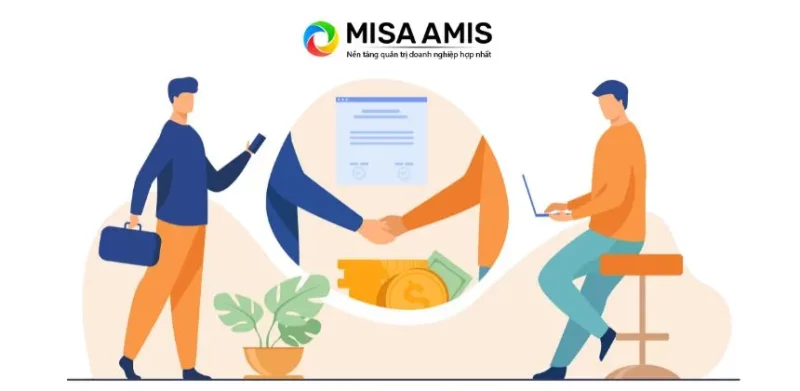
However, buying frequently means accepting higher risks when purchasing.
Studies have shown that, when making repeat purchases, businesses are gradually depending on the supplier. In other words, the higher the purchase frequency, the greater the business’s dependence.
This means the risks that businesses may encounter when suppliers have quality problems, stop selling or go bankrupt.
Examples of these risks could be: disruption of business operations; reduce product/service quality; Unable to find alternative suppliers in a short time leading to crisis; under pressure from other suppliers’ pricing policies,…
To minimize these risks, suppliers need to increase the amount of information available to customers in the future.
As analyzed above, the digital environment has promoted the demand and number of information channels that businesses need. Therefore, proactive interaction will help businesses understand the buying behavior of B2B customers and provide appropriate solutions for each time.
3.2. Buyer’s function
As analyzed above, the buyer’s function in the business’s decision-making process affects advertising channels and messages. Categorizing the buyer’s function (possibly the initiator) is very important to help increase interaction and communication effectiveness.
According to research from the Journal of Marketing Management, the buyer’s production and management roles have the most influence on accessing advertising channels.
This means, when planning communications, businesses need to clarify the buyer’s function to provide separate information.
In addition, providing information and optimizing their experience on mobile devices also needs attention.
For target customers whose functions are related to production, displaying important information on their phones helps save time and increase their interaction with the brand. For managers who have to travel for business or have frequent meetings, updating information via phone helps them make decisions faster and more accurately.
In summary, companies should consider analyzing customer buying behavior based on buyer functions.
3.3. Business areas
Business field factors are often used to classify customer groups with different characteristics. However, within the framework of the article, this factor is considered from the perspective of approaching advertising messages in the digital environment.
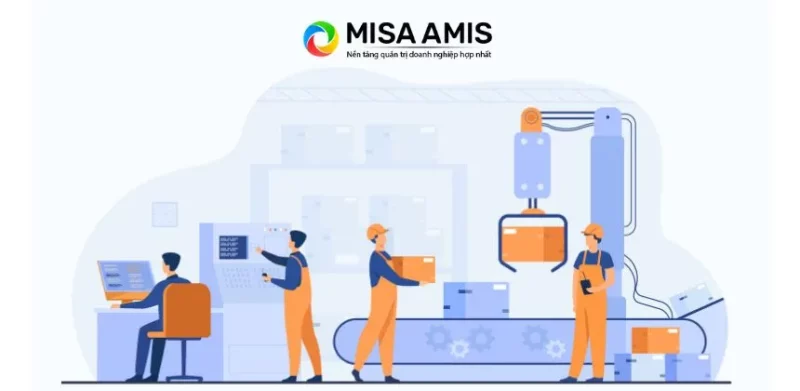
Research by the Journal of Marketing Management has shown that customers in different business fields have different information needs.
Specifically, the automobile manufacturing industry has a lower need to search for information in the digital environment than other industries.
The fields of construction, machinery manufacturing, electricity or IT are tending to increase the search for information.
In addition, customers in the electricity and real estate industries need to diversify their information channels than the construction, machinery manufacturing or IT industries.
>>> See more about: Real estate sales process for professional brokerage companies
Some other factors we offer for you to consider include: Product origin, customer company size, corporate culture, personality of the “initiator”,…
IV. summary
In this article, we analyzed the buying behavior of B2B customers in the digital environment. The rapid development of technology has changed people’s purchasing habits and consciousness.
First, the article helped point out the differences in the buying behavior of B2C and B2B customers. These differences in risk tolerance and purchasing processes lead to longer purchase decision times for business customers.
Second, there are five factors that impact B2B customers’ buying behavior. In particular, the trend of using phones to collect data is the factor that affects advertising channels and messages the most.
Finally, from the above factors, the article also provides criteria for classifying B2B customers in the digital environment. In addition to the three main criteria mentioned, each company should carefully analyze its own potential market and customer profile .
Check out some other good articles:
- Professional real estate sales process for brokerage companies
- Effective ways to find customers to increase revenue
- 3 top phone sales script samples to help increase your chances of closing a sale




